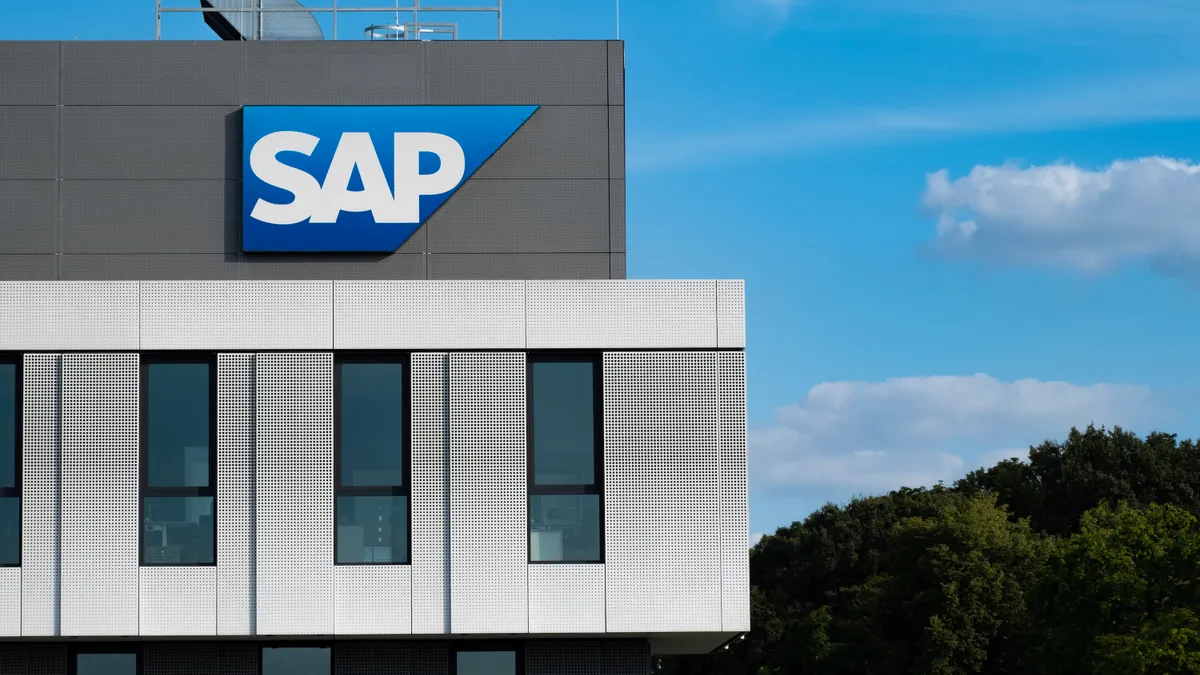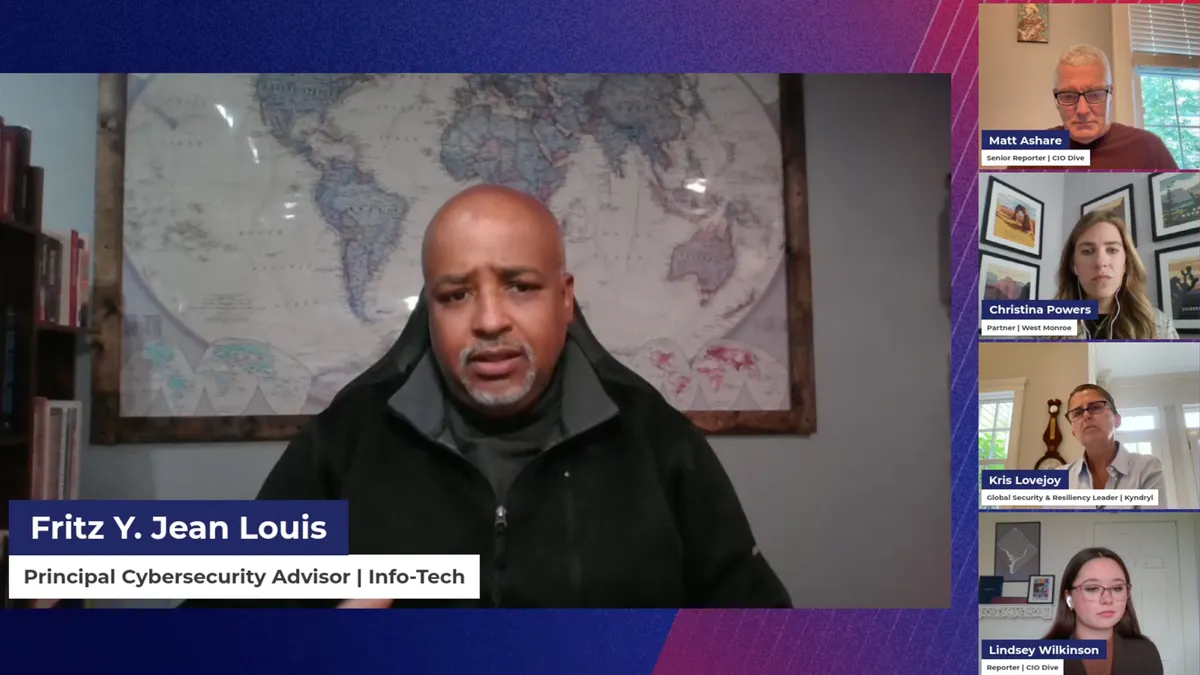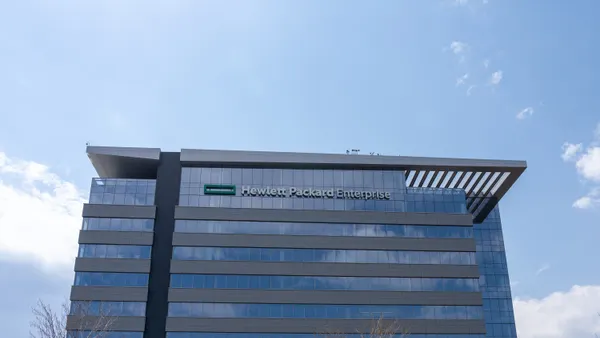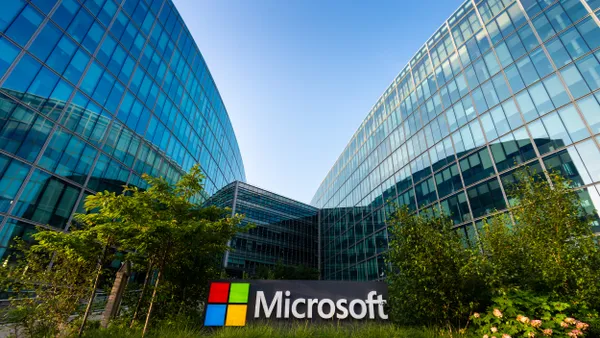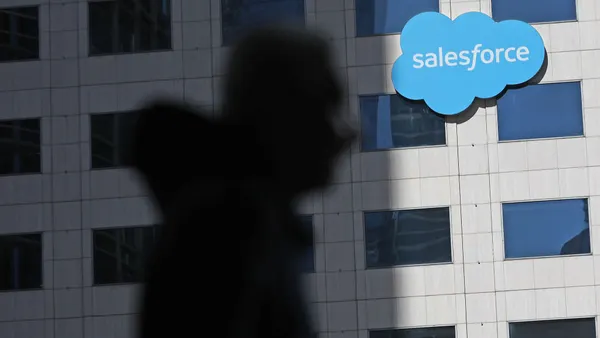Dive Brief:
- SAP is bracing for economic challenges sparked by shifting U.S. trade policy, executives said Tuesday during the company’s Q2 2025 earnings call for the three months ending June 30.
- “We have seen in the last few weeks that suddenly customers needed additional approval at the very top, so deal cycles just become longer because there [are] much more strict cost controls,” CEO Christian Klein said. “We are not losing these deals. We just now need to be more diligent in managing the closing plans.”
- The Germany-based ERP vendor saw revenue grow 9% year over year to $10.6 billion (9 billion euros), largely driven by revenue surges in cloud and cloud ERP suite of 24% and 30%, respectively. However, SAP’s current cloud backlog — a measure of contractually committed spend the company expects to roll into revenue over the next 12 months — declined slightly quarter over quarter, to $21.3 billion (18.1 billion euros) from $21.4 billion (18.2 billion euros) in Q1.
Dive Insight:
SAP completed a year-long internal restructuring around subscription-based ERP software services and generative AI deployments during the first three months of the year. Yet, immediate and long-term challenges remain for the 53-year-old enterprise technology vendor.
ERP migrations are resource-intensive initiatives that can take months or years for a large organization to complete. SAP has enticed customers reluctant to shutter on-premises systems, offering technical support assurances, discount credits and embedded AI features as the clock ticks down toward the end of mainstream support services for legacy SAP ERP Central Component software suites in two years.
SAP’s $2.18 billion reorganization, which included the elimination of 10,000 jobs, has evolved into a period of ongoing optimization, according to CFO Dominik Asam. “We are starting to sharpen the pencil for the planning exercise for the coming years,” Asam said, pointing to potential 1% to 2% workforce reductions later this year.
AI adoption is now a lynchpin in SAP’s ongoing transformation. The company’s Joule AI assistant contributed to a 50% productivity boost in “selected sales roles” and reduced the time it takes to resolve human resources inquiries by 20%, according to Klein.
“Transformation includes reskilling … reductions in areas with lower resource demand and hiring in shop profiles that define the future of our company, such as data and Business AI,” said Klein. “It's our obligation to always look at our workforce and do our job and do … very distinct measures on reducing profiles where we don't need the people anymore.”
With the end-of-support deadline looming, the company is leaning on technology partnerships to help spur migrations. SAP expanded alliances with AWS and Microsoft in the last eight months and helped EY, DXC and Kyndryl beef up their SAP migration consulting practices earlier this year. In May, the company joined forces with China-based cloud provider Alibaba Group to drive cloud ERP adoption in the region.
Alibaba is key because we now have a partner to “deliver our cloud in China for China,” Klein said. The China market is smaller than the U.S. or Germany, Klein added, but 90% of multinational companies have a footprint in the region.
While SAP does not disclose China-specific earnings data, Asam said that the U.S. accounted for nearly one-third of SAP’s Q2 revenues.



